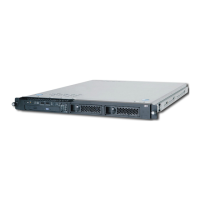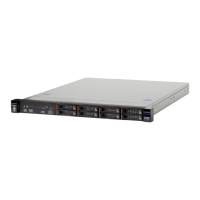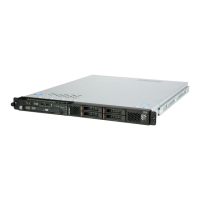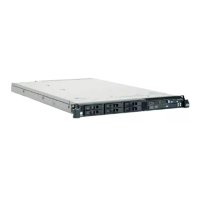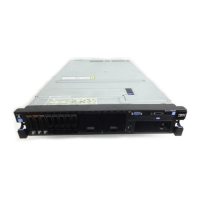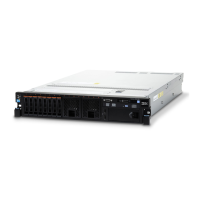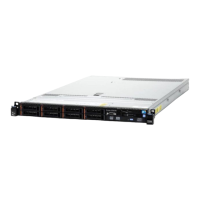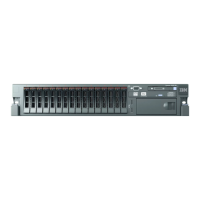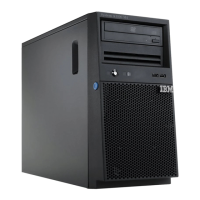What your server offers
The server uses the following features and technologies:
v integrated management module II
The integrated management module II (IMM2) is the second generation of the
IMM. The IMM2 is the common management controller for IBM System x
hardware. The IMM2 consolidates multiple management functions in a single chip
on the server system board.
Some of the features that are unique to the IMM2 are enhanced performance,
expanded compatibility with blade servers, higher-resolution remote video,
expanded security options, and Feature on Demand enablement for hardware
and firmware options.
For additional information, see “Using the integrated management module II
(IMM2)” on page 60.
v UEFI-compliant server firmware
The UEFI firmware offers several features, including Unified Extensible Firmware
Interface (UEFI) version 2.1 compliance; enhanced reliability, availability, and
serviceability (RAS) capabilities; and basic input/output system (BIOS)
compatibility support. UEFI replaces the BIOS and defines a standard interface
between the operating system, platform firmware, and external devices. The
server is capable of booting UEFI-compliant operating systems, BIOS-based
operating systems, and BIOS-based adapters as well as UEFI-compliant
adapters.
Note: The server does not support DOS.
v Dynamic System Analysis (DSA)
Dynamic System Analysis (DSA) collects and analyzes system information to aid
in diagnosing server problems. DSA collects the following information about the
server:
– Drive health information
– Event logs for ServeRAID controllers and service processors
– Hardware inventory, including PCI and USB information
– Installed applications and hot fixes
– Kernel modules
– Light path diagnostics status
– Network interfaces and settings
– Performance data and details about processes that are running
– RAID and controller configuration
– integrated management module II (IMM2) status and configuration
– System configuration
– Vital product data and firmware information
DSA creates a DSA log, which is a chronologically ordered merge of the
system-event log (as the IPMI event log), the integrated management module II
(IMM2) event log (as the ASM event log), and the operating-system event logs.
You can send the DSA log as a file to a support representative or view the
information as a text file or HTML file. For more information, see the Problem
Determination and Service Guide.
Chapter 1. The System x3250 M4 server 7
